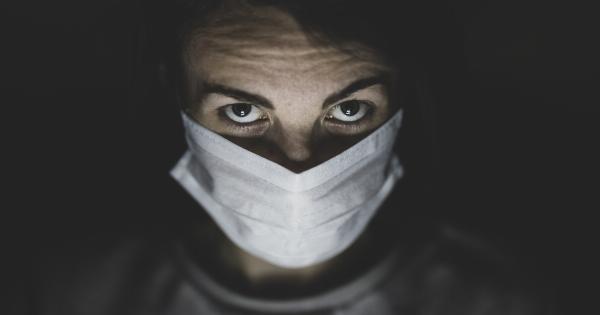Pseudomonas is a genus of Gram-negative bacteria that are known for their ability to cause various infections in humans.
These bacteria are unique in their resistance to many commonly used antibiotics, making them a significant concern in healthcare settings. In this article, we will explore the characteristics of Pseudomonas and its implications for healthcare professionals.
1. Understanding Pseudomonas
Pseudomonas aeruginosa, the most well-known species within the genus, is responsible for a wide range of infections. It is commonly found in soil, water, and on plants, making it easily accessible in various environments.
It can infect virtually any part of the body and is particularly threatening in individuals with weakened immune systems or underlying health conditions.
Pseudomonas has a versatile metabolism, allowing it to survive and thrive in diverse conditions.
It is resistant to many antibiotics due to the production of enzymes that degrade these drugs and the presence of efflux pumps that actively eliminate them from the cell. Furthermore, the bacteria can form biofilms, which provide added protection against antimicrobial agents.
2. Healthcare-Associated Infections
Pseudomonas is a leading cause of healthcare-associated infections (HAIs), which are infections that patients acquire during their stay in a healthcare facility.
These infections often arise from invasive procedures, contaminated medical equipment, or poor infection control practices.
Common HAIs caused by Pseudomonas include bloodstream infections, pneumonia, urinary tract infections, and surgical site infections. The mortality rate associated with these infections can be high, especially in critically ill patients.
3. The Challenge of Antibiotic Resistance
One of the major concerns with Pseudomonas infections is the high level of antibiotic resistance exhibited by these bacteria. Traditional first-line antibiotics, such as penicillins and cephalosporins, are often ineffective against Pseudomonas.
Healthcare professionals must rely on more potent and specialized antibiotics, such as carbapenems and polymyxins, which are not without their own drawbacks.
However, even these last-resort antibiotics are facing challenges due to the emergence of multidrug-resistant strains of Pseudomonas.
These strains have acquired resistance genes through genetic mutations or plasmids, rendering them resistant to nearly all available treatment options. This has led to an increased reliance on combination therapy and the exploration of alternative treatment strategies.
4. Infection Prevention and Control Measures
Given the serious implications of Pseudomonas infections, healthcare facilities must prioritize robust infection prevention and control measures.
Strict adherence to hand hygiene, including handwashing with soap and water or alcohol-based hand sanitizers, is crucial in preventing the transmission of these bacteria.
Additionally, proper cleaning and disinfection of medical equipment, patient rooms, and hospital surfaces are essential to minimize the risk of contamination.
Adequate sterilization practices and adherence to aseptic techniques during invasive procedures are also vital in preventing Pseudomonas infections.
5. Surveillance and Screening
Surveillance plays a key role in detecting and managing Pseudomonas infections. Healthcare facilities should implement surveillance systems to monitor the occurrence and antibiotic resistance patterns of Pseudomonas strains.
This data can help guide appropriate antibiotic therapy and identify potential outbreaks.
Screening high-risk patients, such as those in intensive care units or with extensive hospital stays, for colonization or infection with Pseudomonas can also aid in early detection and targeted interventions.
6. Novel Treatment Strategies
With the rise in antibiotic resistance, researchers are exploring alternative treatment strategies for Pseudomonas infections. One area of focus is the development of new antimicrobial agents, including novel antibiotics and antimicrobial peptides.
Other approaches involve targeting the microbial biofilms formed by Pseudomonas.
Researchers are investigating the use of biofilm-disrupting agents or techniques, such as bacteriophages or bacteriophage-derived enzymes, to disrupt these protective structures and enhance the efficacy of antimicrobial therapies.
7. The Role of Vaccination
Vaccination can also play a vital role in reducing the burden of Pseudomonas infections.
Researchers are working on the development of vaccines to prevent various types of Pseudomonas infections, including those associated with cystic fibrosis, burn wounds, and pneumonia.
Efforts are focused on identifying suitable vaccine targets and formulations that can elicit a protective immune response against this challenging pathogen.
8. Conclusion: Addressing the Pseudomonas Challenge
Pseudomonas and its antibiotic resistance pose significant challenges for healthcare professionals, requiring a multi-faceted approach to prevention and treatment.
Robust infection control measures, surveillance, and screening are crucial in minimizing the spread of these resistant germs. Researchers and pharmaceutical companies must continue to invest in developing new treatment strategies and vaccines to combat this formidable pathogen.






























